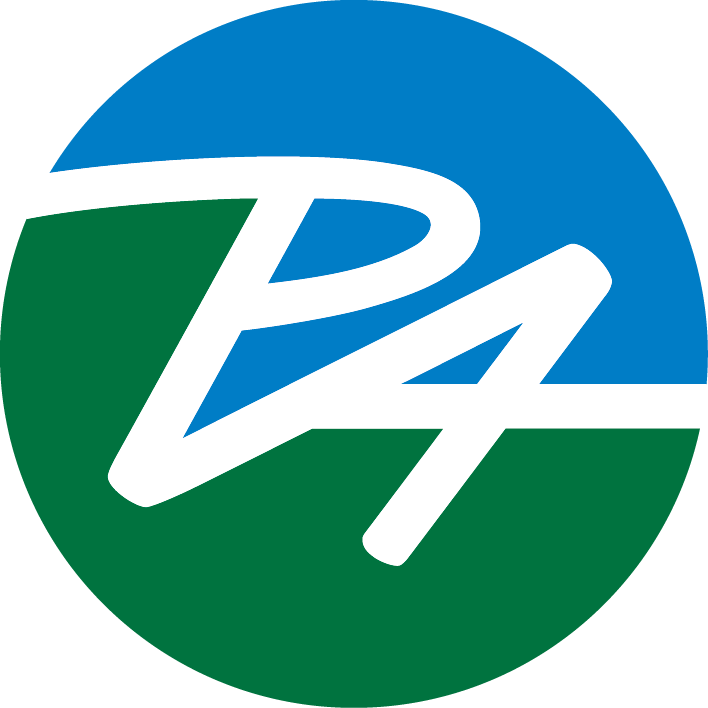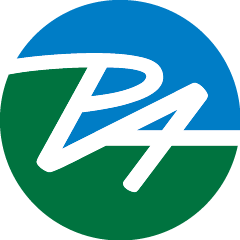What is Adventure-Based Learning?
PA uses the concept of ADVENTURE to spark learning for students, educators, and teams.
Think back on an adventure you once embarked upon in your own life: travel to a far-off place, venturing into nature, or tackling a new activity that’s outside of your comfort zone.
Think about the anticipation of the unknown, the curiosity that was sparked, and the resilience you tapped into. Along the way you likely encountered moments of fun and moments of discomfort, times of self-reflection and times of relying on others.
In everything we do, we create ADVENTURES: opportunities for our participants to stretch, problem-solve, face the unexpected, communicate, examine their own assumptions, connect with others, and grow as individuals.
To learn more, continue reading below.
Adventure Methodology
Adventure methodology has developed over the decades of PA’s history and is a combination of tools and frameworks culled from psychology, education, organizational development, outdoor education, and community engagement.
To learn more, expand each section below:
+ Experiential Learning Cycle
At Project Adventure, our participants don’t simply sit, listen, and read; they move, laugh, play, engage in team initiatives, think creatively, and solve complex problems. We make these experiences impactful by embedding them in the Experiential Learning Cycle (ELC).
In the ELC, learners experience something new, then are guided to reflect on it and learn from what they experienced. They then apply that learning to other contexts, like school or work or their relationships.

Without the ELC, an adventure could be enjoyable and exciting, but meaningless. The ELC gives our experiences meaning, depth, and applicability to other areas of life.
+ Challenge by Choice
Adventure, by nature, involves challenge and risk - physical, social, or emotional. Any adventure sets us outside of our comfort zones and ask us to do new and sometimes scary things. That's part of what makes adventure so powerful!
But at PA, we know that what feels easy for one person can be very hard for another. Everyone is guided to choose their own challenge : Challenge By Choice.
The greatest opportunity for learning and growth comes from navigating the level of risk and challenge we face: not too much, and not too little. This is illustrated by concepts commonly known as the comfort zone, stretch zone, and panic zone.

In adventure-based learning, we never force our participants to do anything that puts them into the “panic” zone. Instead, we provide multiple ways for any participant to engage with an activity, and ask that they learn to find their stretch zone .
Challenge by Choice teaches us how to identify and move into our “stretch,” where the highest engagement happens and the most learning occurs. Navigating this zone is a key developmental task for any individual, group, or community.
DIFFERENT WAYS TO STRETCH
In a team initiative, one person might “stretch” by taking the lead and organizing the group to come to a decision, while others stretch themselves by staying silent or listening when they would normally speak.
+ Full Value Commitment
A Full Value Commitment is a set of agreements that group members make to each other to ensure that every member is equally valued and the group’s experiences are positive and productive. This is crucial to the success of adventure-based learning, which requires an environment where participants feel safe to take risks and be fully present.
Project Adventure’s Full Value Commitment has fostered positive learning experiences for countless groups over the years. We ask participants to commit to do their very best to:
- Be Here
- Be Safe
- Be Honest
- Care for Self and Others
- Set Goals
- Let Go and Move On
At PA, we practice what we preach! We take on this commitment as facilitators and embody it in our staff meetings and organizational values. We encourage our participants to bring it home with them to their organizations, schools, or teams.
+ Phases of Group Development
Any new group that comes together – for a workshop, a school year, a sports season, a project, etc – is a unique combination of personalities, needs, and habits. Some groups learn to navigate that diversity well and even make it a strength, while others falter or fall apart. Why?
This is Group Development Theory, developed by Bruce Tuckman in the mid 1960's. Tuckman articulates four phases (later five) that groups go through in their development:

Adventures are storms that push us out of our comfort zones (see Challenge by Choice, above). In adventure-based learning, every “storm” is used to help a group identify ways to grow; growth comes through reflection (see Experiential Learning Cycle, above) and communication, leaning on a grounding set of group norms (see Full Value Commitment, above). As a group evolves in their understanding and acceptance of each other, they learn new ways of performing.
The group development process links it all together. This is a powerful form of social and emotional learning. It is also a large part of group therapy processes – one of many ways that adventure-based learning and mental health overlap.


